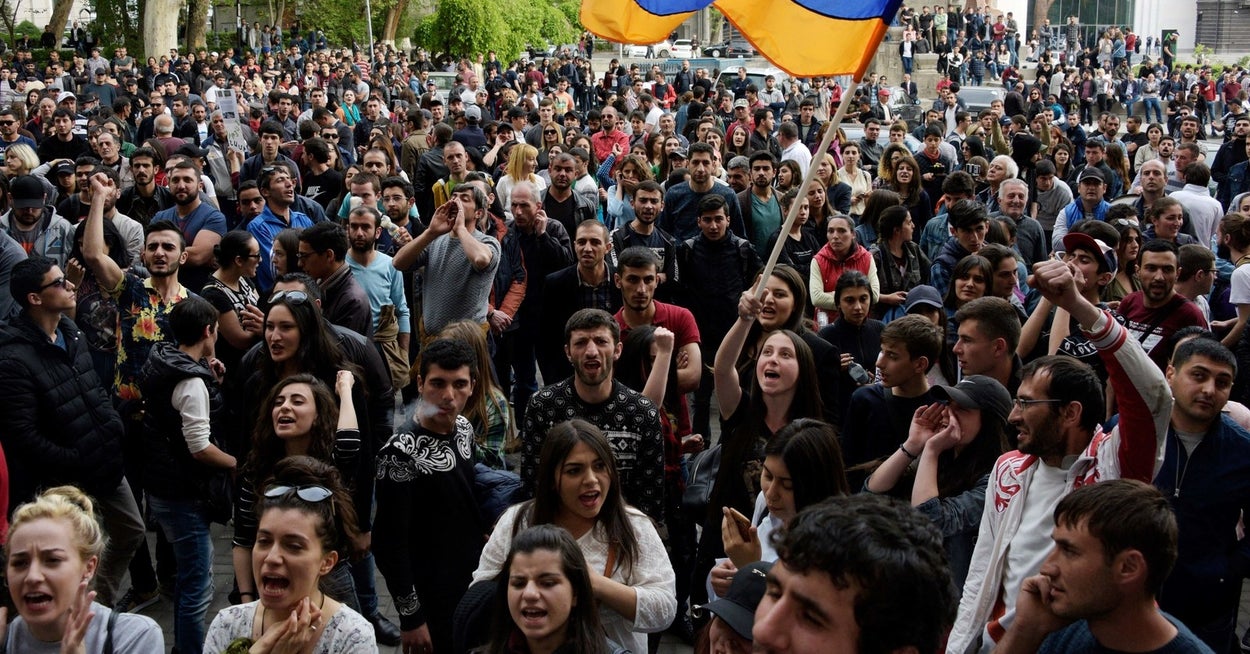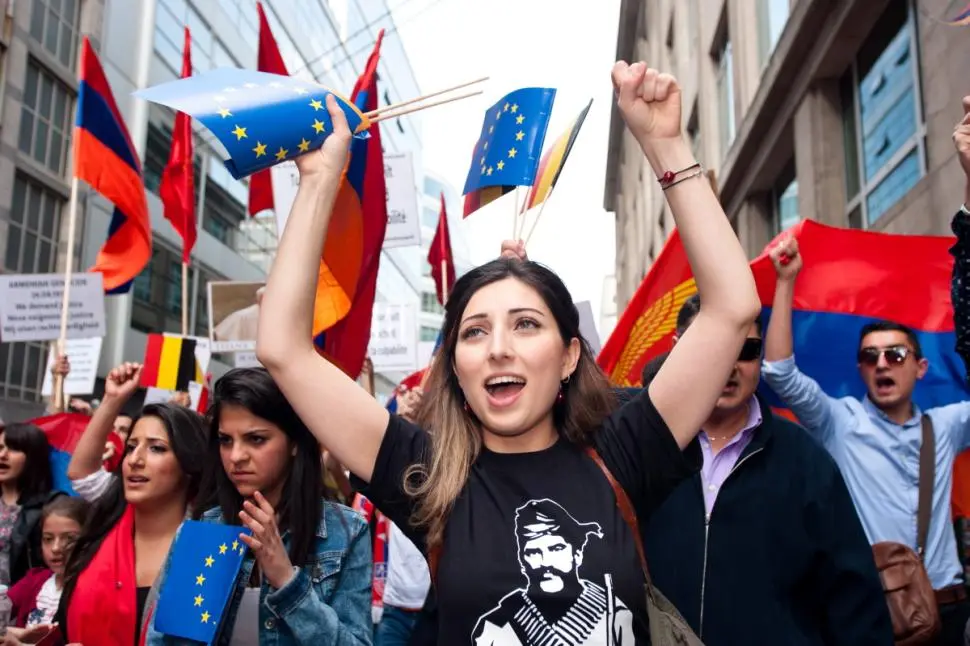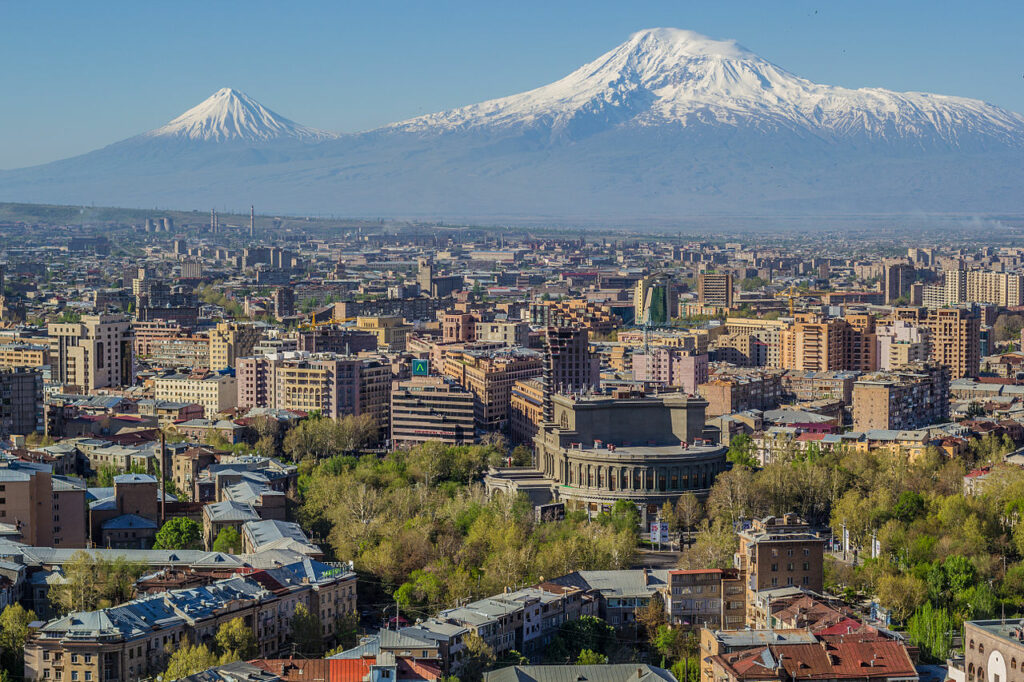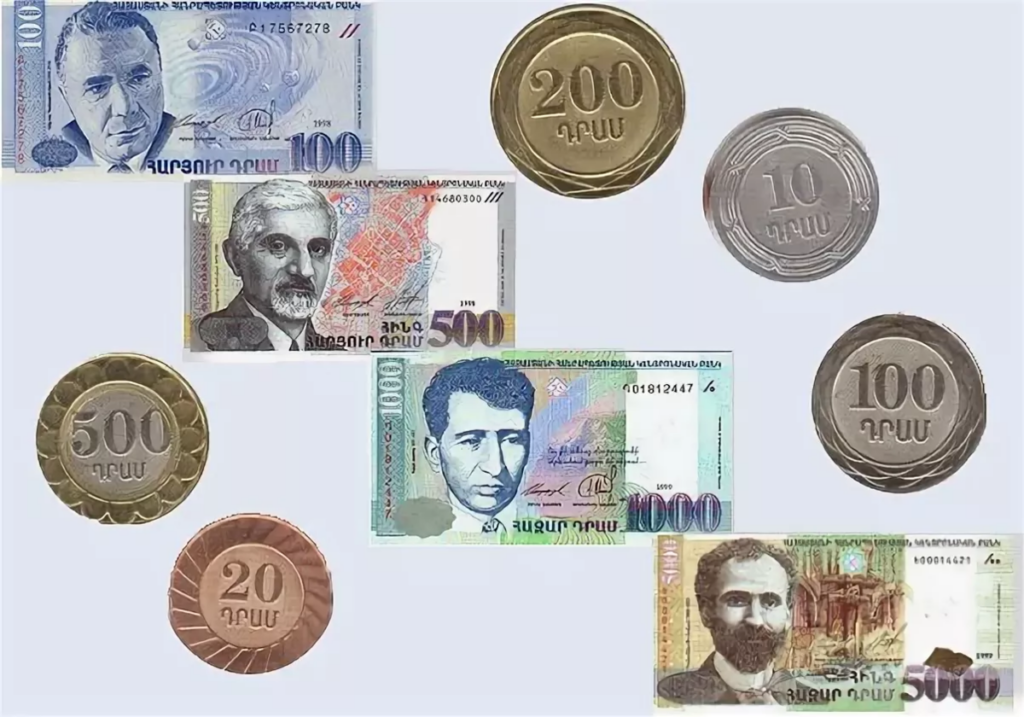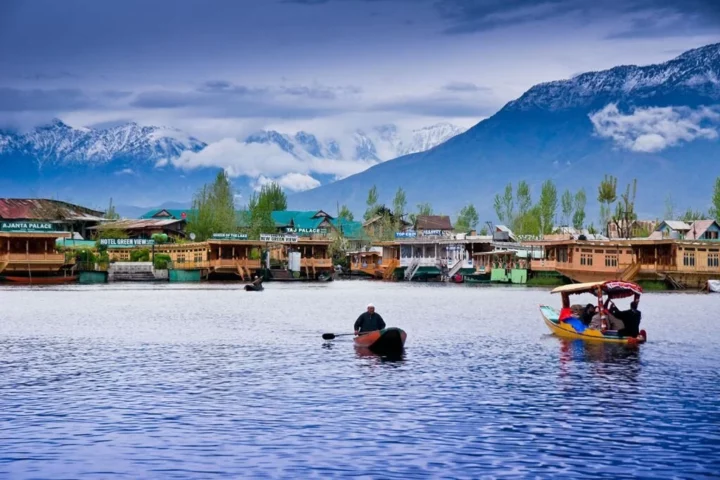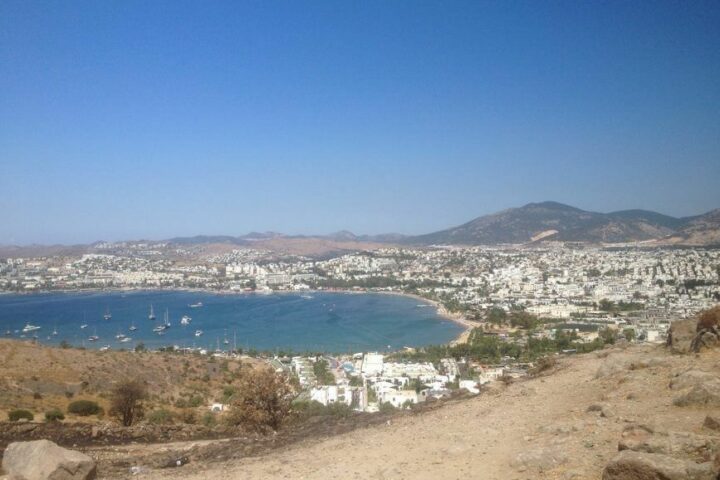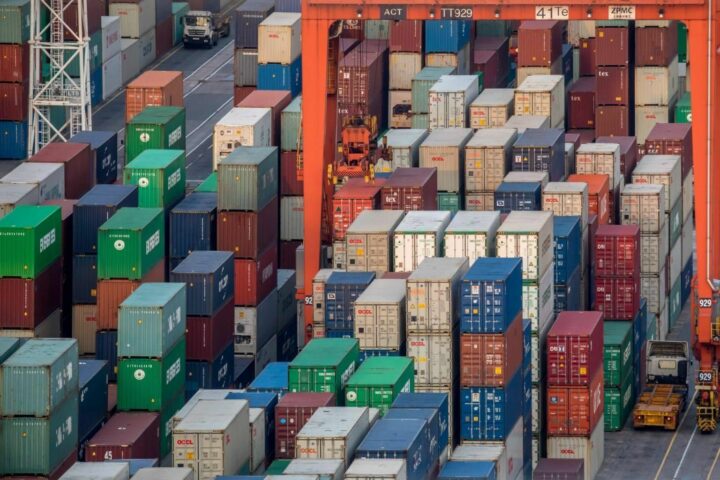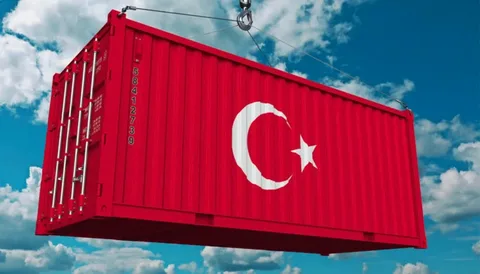Introduction to Armenia’s Population
Armenia’s population has evolved through centuries of historical events, migrations, and cultural shifts. As of the latest data, Armenia’s population stands at approximately 3 million people. This guide explores the various aspects of Armenia’s population, including its composition, growth trends, and demographic challenges.
Demographic Overview
Population Size and Growth
Armenia’s population has experienced fluctuations over the years due to various factors, including emigration, economic conditions, and political changes. According to the National Statistical Service of the Republic of Armenia, the population is currently around 3 million people. The population growth rate has been relatively stable, although there are concerns about declining birth rates and increasing emigration.
Age Distribution
The age distribution in Armenia reflects a relatively young population, with a median age of around 35 years. The largest age group is those between 25 and 54 years old, constituting about 45% of the total population. However, there is also a significant portion of the population aged 65 and older, which highlights the challenges of an aging population.
Urban vs. Rural Population
Armenia’s population is primarily urban, with approximately 64% of people living in cities. Yerevan, the capital city, is home to about 35% of the country’s total population. Rural areas, although less populated, still play a crucial role in Armenia’s cultural and economic landscape.
Ethnic Composition
Armenia is predominantly inhabited by ethnic Armenians, who make up around 98% of the population. The country also has small minority communities, including Yazidis, Russians, Assyrians, and Kurds. These groups have contributed to the multicultural fabric of Armenian society.
Linguistic Diversity
The official language of Armenia is Armenian, which is spoken by the vast majority of the population. Armenian has its own unique script and is one of the oldest languages still in use today. Minority languages, such as Russian and Kurdish, are also spoken within their respective communities.
Religious Affiliation
Armenia is known for being the first country to adopt Christianity as its state religion in 301 AD. The Armenian Apostolic Church is the predominant religious institution, with over 90% of the population identifying as adherents. There are also small communities of Catholics, Protestants, and other religious groups.
Fun and Interesting Facts about Armenia’s Population
Diaspora
The Armenian diaspora is one of the largest per capita in the world, with significant communities in Russia, the United States, France, and many other countries.
Apricot Nation
Armenians often refer to their country as the “Land of Apricots,” reflecting the fruit’s cultural and historical significance.
Chess Enthusiasts
Chess is a popular pastime in Armenia, and the country has produced many grandmasters. It is even taught as a compulsory subject in schools.
- Cities And Towns In Kewaunee County, Wisconsin - August 24, 2024
- Weather In Bulgaria By Month - August 24, 2024
- Ohio Population - August 22, 2024

